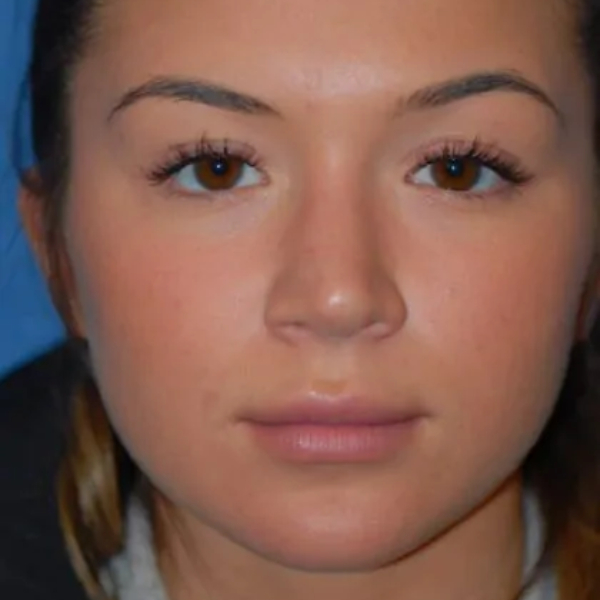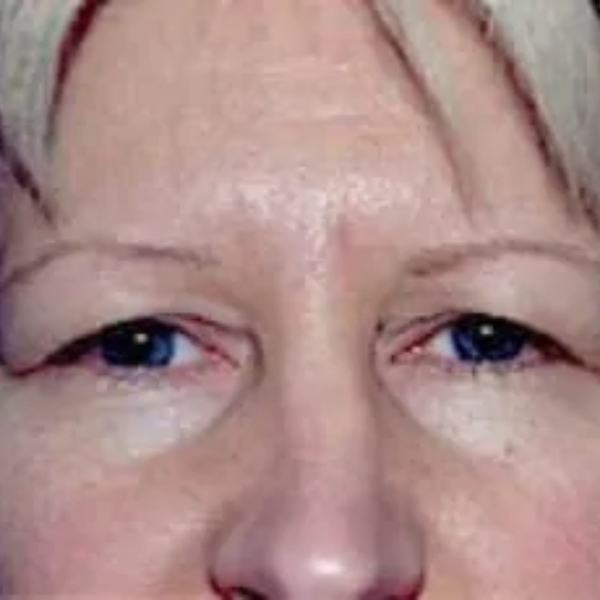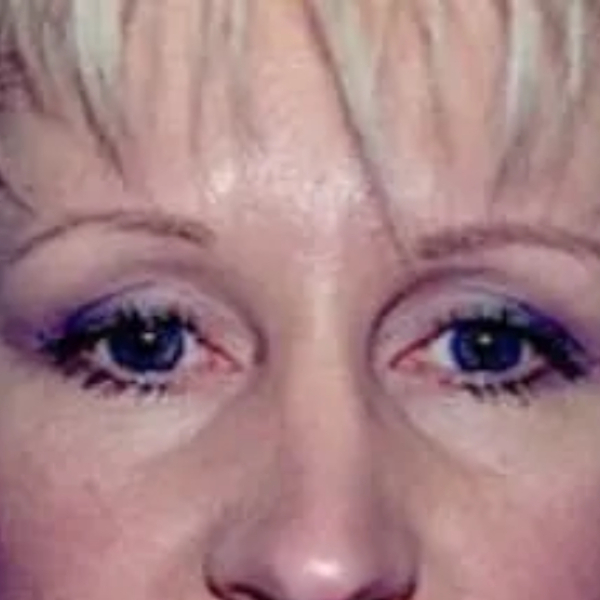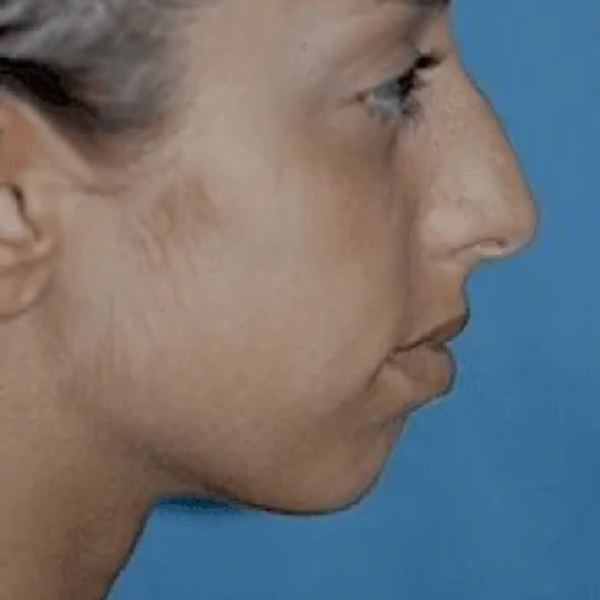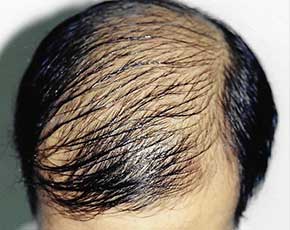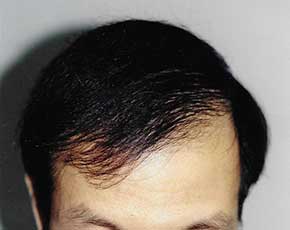Hair Transplantation and Restoration
Consultations offered at our four convenient locations in Edison, Marlboro, Warren and West Orange, NJ

Plastic Surgeons Serving Edison, Marlboro, Warren, And West Orange, New Jersey
Hair loss such as androgenetic alopecia affects both men and women, although men are more likely to experience significant balding. While there are many different products on the market that claim to restore hair, only hair transplantation is actually scientifically documented and proven to work.
If you are suffering from hair loss and would like to restore your hairline before it’s too late, contact Associates in Plastic Surgery at 732-548-3200 today to schedule your initial consultation. We offer several advanced hair loss treatment options to patients in Edison, Marlboro, Warren, and West Orange, New Jersey.
Contents
- 1 Before and After Photos
- 2 Ideal candidates
- 3 Procedures
- 4 Consultation
- 5 FAQs
- 5.1 Will I Have Visible Scars After Hair Transplant Surgery?
- 5.2 How Long With The Results Of Hair Transplant Surgery Last?
- 5.3 Is Hair Transplant Surgery Painful?
- 5.4 What Is The Recovery Time After Hair Transplant Surgery?
- 5.5 Does Hair Transplant Surgery Have Any Risks?
- 5.6 What Is The Cost Of Hair Transplant Surgery?
- 5.7 Are There Any Alternatives To Hair Transplant Surgery?
- 6 References
Before and After Photos
WHAT IS HAIRTRANSPLANTATION?
Hair transplantation, also referred to as hair grafts, is a type of cosmetic surgery that involves taking existing hair from a donor site on the back of the head and transplanting it to a bald area. The hairs then take root in the new areas of the scalp where they’ve been transplanted and begin to grow naturally. Hair transplants are permanent, and with our advanced technology, skill, and artistry, look very natural.
Surgical hair replacement is a minimally invasive procedure that requires no incisions, can be performed using local anesthesia, and requires little downtime. During the first month, the individual hairs may fall out, but this is normal because of natural hair growth cycles. Over time, you should see nice regrowth in the areas that were once balding.
Ideal candidates
The ideal candidate for hair transplant surgery is someone who is experiencing hair loss or balding and has a stable donor hair supply. They should be in good overall health and have realistic expectations for the results of the surgery. Good candidates typically have healthy hair growth in the donor area, which is usually the back of the head and are not experiencing hair loss due to underlying medical conditions or medication. Candidates with a history of keloid scarring or other skin disorders may not be suitable for hair transplant surgery. During your initial consultation with one of our hair restoration surgeons, they’ll assess your individual needs and determine if you are a good candidate for the procedure.
Procedures
There are two primary types of hair restoration techniques used for hair transplantation by the surgeons at Associates In Plastic Surgery, follicular unit transplantation (FUT) and follicular unit extraction (FUE). Both techniques have their advantages and disadvantages. Your surgeon will make a recommendation for the technique depending on your individual needs.
Follicular unit transplantation (FUT)
FUT is the more traditional and commonly used hair transplant technique. The procedure involves removing a strip of scalp from the donor area, typically the back of the head, and then dissecting it into individual follicular units using a microscope. The individual follicular units are then transplanted into the recipient area, where they grow new hair.
One advantage of FUT is that it is a relatively quick procedure, and multiple follicular units can be transplanted at once. Additionally, the survival rate of the transplanted hair follicles is higher in FUT as they are protected by the surrounding tissue. Another advantage is that FUT is generally less expensive than the Follicular Unit Extraction (FUE) technique. However, FUT requires a linear scar on the donor area, which may be visible if the patient keeps their hair short. It also involves more post-operative pain, and the recovery period is longer compared to FUE.
Follicular unit extraction (FUE)
FUE is a newer hair restoration procedure that involves extracting individual follicular units directly from the donor area using a micro-punch tool. The follicular units are then transplanted into the recipient area, where they grow new hair.
FUE does not leave a visible linear scar on the donor area. This makes it an ideal technique for patients who prefer to keep their hair short. Additionally, FUE has a shorter recovery period and involves less post-operative pain. FUE takes longer than FUT as individual follicular units are extracted one by one and the cost of FUE is generally higher than FUT. Finally, the survival rate of the transplanted hair follicles can be lower in FUE as they are more exposed to the environment.
Consultation

If you suffer from a receding hairline or areas of thinning hair, that can have a detrimental impact on your self-esteem. The surgeons at Associates in Plastic Surgery are well-versed in hair transplantation and can help you look—and feel—more confident and attractive. Our board-certified plastic surgeons possess the technical skill and artistry to produce natural-looking, long-lasting results. Each of our surgical procedures is performed within the privacy of our state-of-the-art surgical centers in Edison, Marlboro, Warren, and West Orange, New Jersey. When you select Associates in Plastic Surgery, you can be confident that your hair restoration is being performed by highly-qualified, experienced professionals, and can expect the best in hair transplant techniques and technologies in New Jersey. Contact us today to schedule your consultation.
FAQs
Will I Have Visible Scars After Hair Transplant Surgery?
Like all surgeries, you will be left with small scars following hair translation surgery. Our skilled surgeons will carefully conceal any scars within the hairline, so they will not be visible once they have healed. Modern transplant surgery techniques can produce an almost “scarless” result.
How Long With The Results Of Hair Transplant Surgery Last?
Surgical hair transplantation is a long-lasting solution to male or female pattern baldness. Healthy hair follicles are harvested from an area of thick hair growth and individually implanted in areas of thinning hair growth. These should continue to produce healthy hair growth well into old age.
Is Hair Transplant Surgery Painful?
Most patients report only mild discomfort during and after the procedure, which can be managed with pain medication.
What Is The Recovery Time After Hair Transplant Surgery?
Recovery time varies depending on the hair transplant technique used and the extent of the surgery. In general, patients can resume normal activities within several days to a week after the surgery, but it can take several months for the newly transplanted hair to fully grow.
Does Hair Transplant Surgery Have Any Risks?
MWhen performed by an experienced plastic surgeon, hair restoration surgery is considered safe. Like any surgical procedure, however, hair transplant surgery does have risks and side effects including infection, scarring, and bleeding among others.1
What Is The Cost Of Hair Transplant Surgery?
The cost of hair restoration can vary depending on the technique used and the extent of the surgery. The best way to determine the exact pricing for your needs is to schedule a consultation with one of our hair restoration specialists.
Are There Any Alternatives To Hair Transplant Surgery?
There are several non-surgical options for hair restoration, including medications like Minoxidil and scalp micro-pigmentation. However, these options may not provide the same level of permanent, natural-looking results as hair transplant surgery.
References
- ASPS. What are the risks of hair transplant surgery? Available: https://www.plasticsurgery.org/cosmetic-procedures/hair-transplantation-and-restoration/safety. Accessed March 21, 2023.

